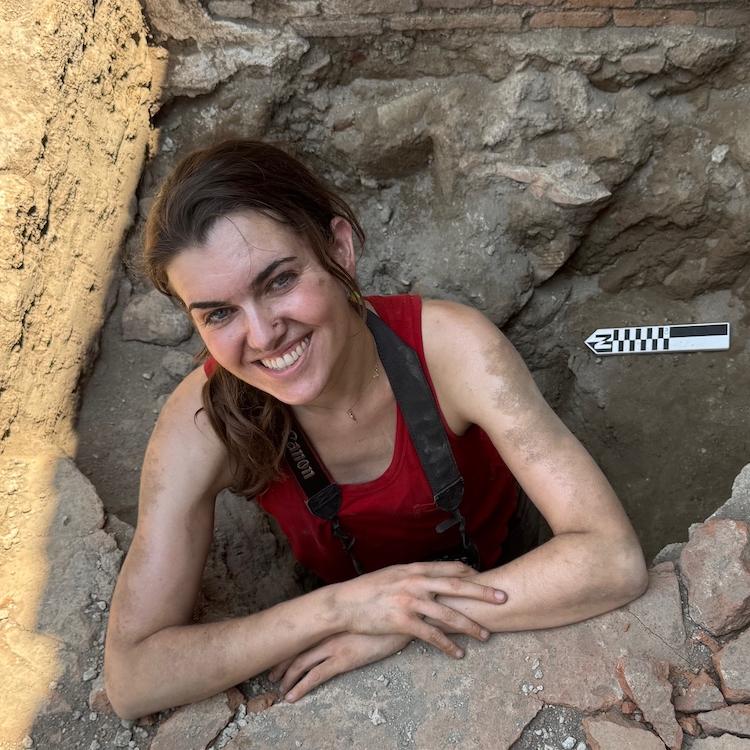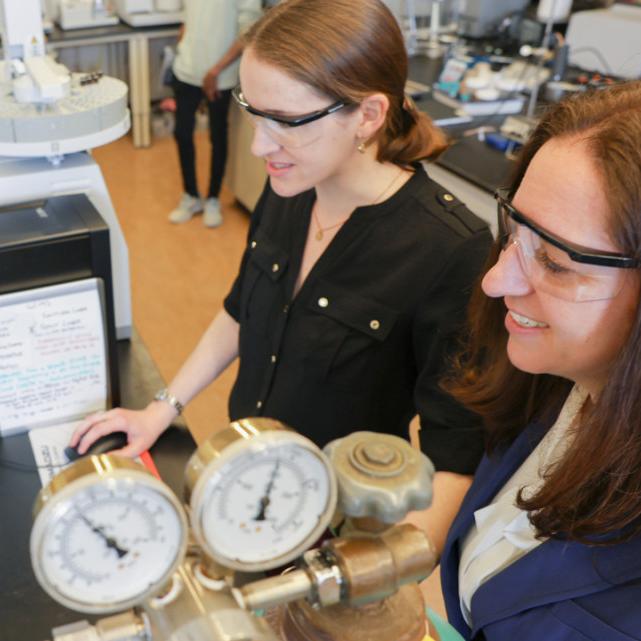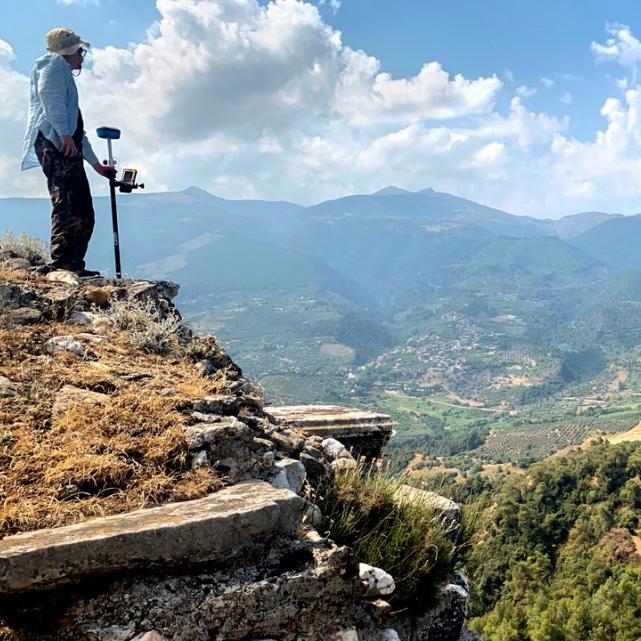
 Department Homepage
The College of Arts & Sciences
Department Homepage
The College of Arts & Sciences
Fine-tuning radiocarbon dating could ‘rewrite’ ancient events
Radiocarbon dating, invented in the late 1940s and improved ever since to provide more precise measurements, is the standard method for determining the dates of artifacts in archaeology and other disciplines.“If it’s organic and old – up to 50,000 years – you date it by radiocarbon,” said Sturt Manning, the Goldwin Smith Professor of Classical Archaeology in the College of Arts and Sciences.




